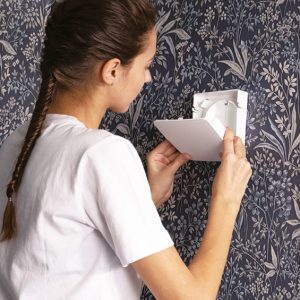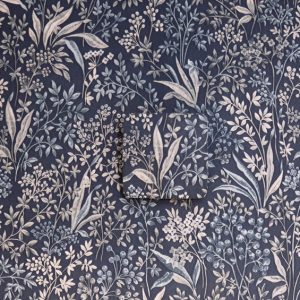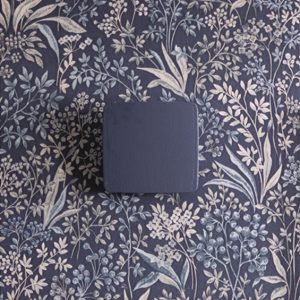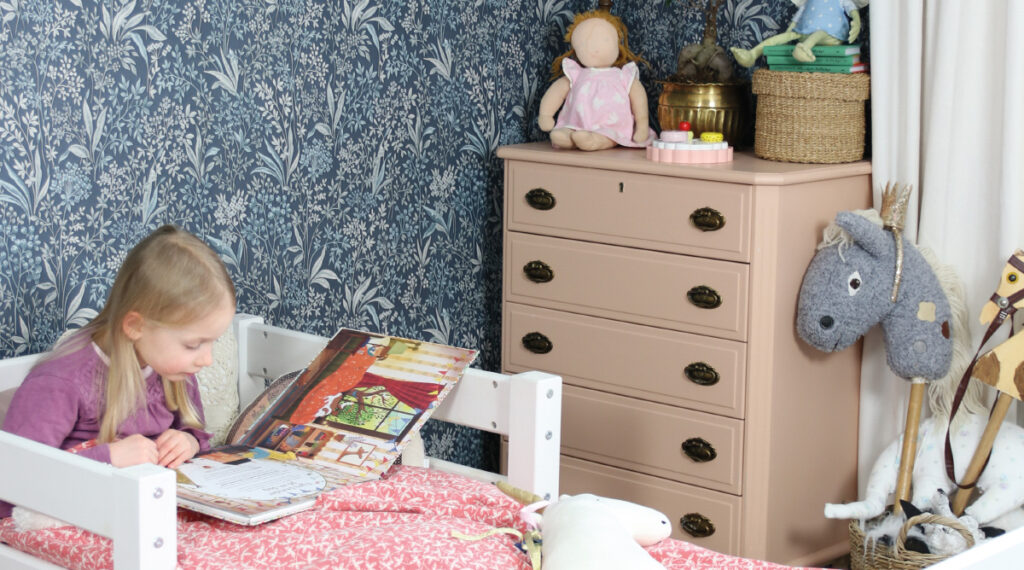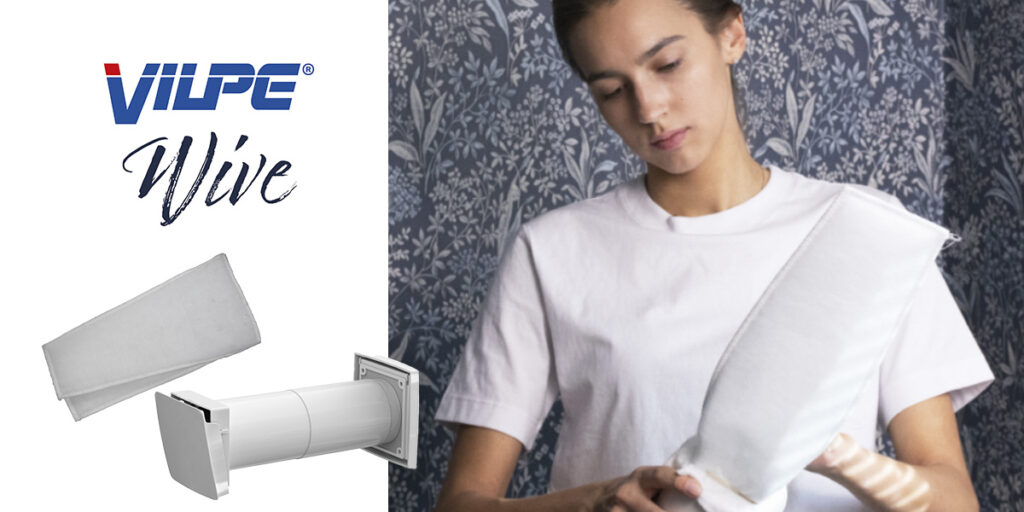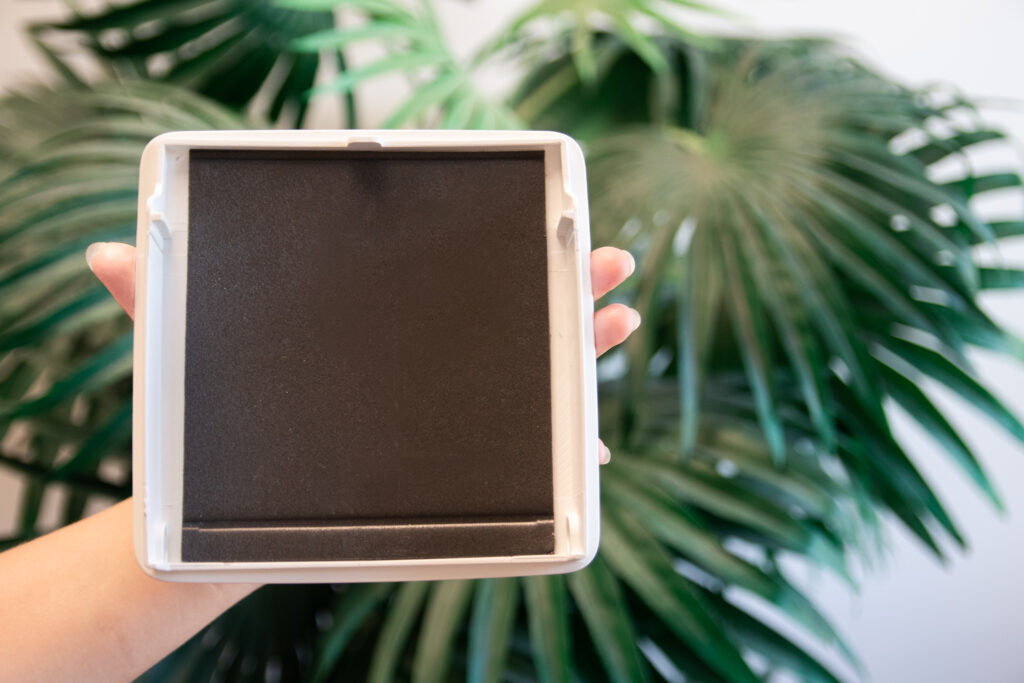VILPE Wive: Fresh air with style

Fresh air with style
The task of an intake vent is to bring in fresh air into the house. You will need at least one VILPE Wive intake vent in every room. Check out our videos on installing, wallpapering, painting and changing the filter.
Installing the VILPE Wive
You can easily install the VILPE Wive yourself. Follow our installation instructions step-by-step and the installation will be done in no time. All you need is a drill and a saw. In case there are no existing openings for the vent, a hole saw is also required.
1
Place the intake vent near the ceiling
Drill a Ø 105 mm hole in the wall. When deciding upon the placement of the intake vent, you need to consider wall structures and house technology, such as electrical wiring. Also make sure that the air easily can flow into the room. For instance, avoid placing the vent behind curtains or drapes.
If you want to replace an old intake vent with the VILPE Wive, make sure that the hole is at least 105 mm and take out the old vent. If the old pipe is in good condition, you do not need to replace it.
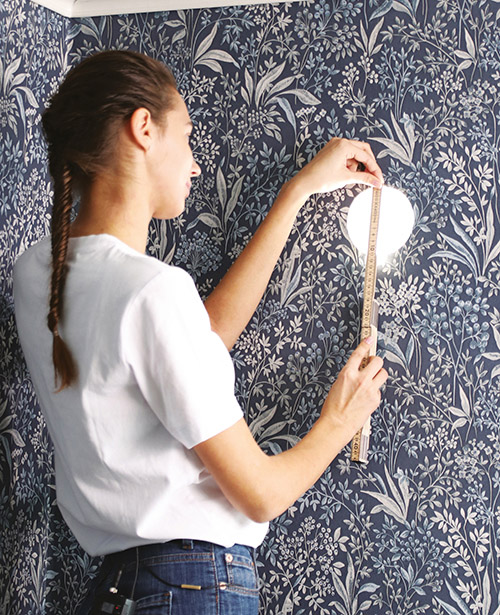
2
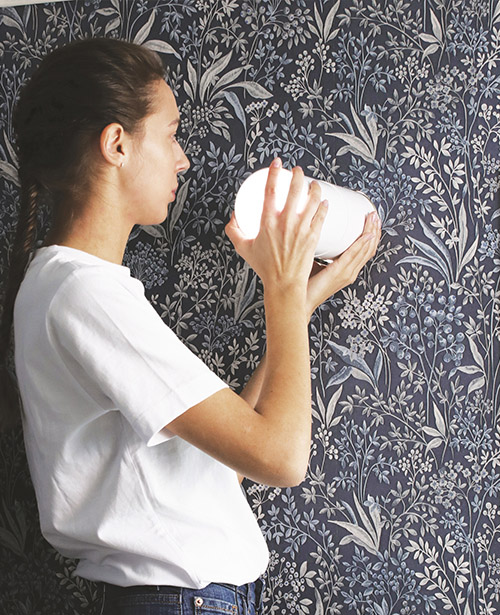
Assemble the pipe and press it into the wall
Assemble the pipe. The VILPE Wive pipe is made up of three parts, but you do not necesarily need to use all of them. For example, for this house, we used two pipe parts. The pipe parts and the intake vent are energy waste.
If your wall is thicker than 440 mm, you need to purchase additional pipe parts.
Assemble the parts needed and carefully insert the pipe into the opening. The pipe needs to fit completely inside the opening in the wall.
Insert the pipe from the inside, the narrow end goes first.
3
Cut the pipe to fit the wall
You need to cut the pipe to length the wall. Mark the excess part of the pipe with a pen.
Insert the cut pipe into the opening from inside the house.
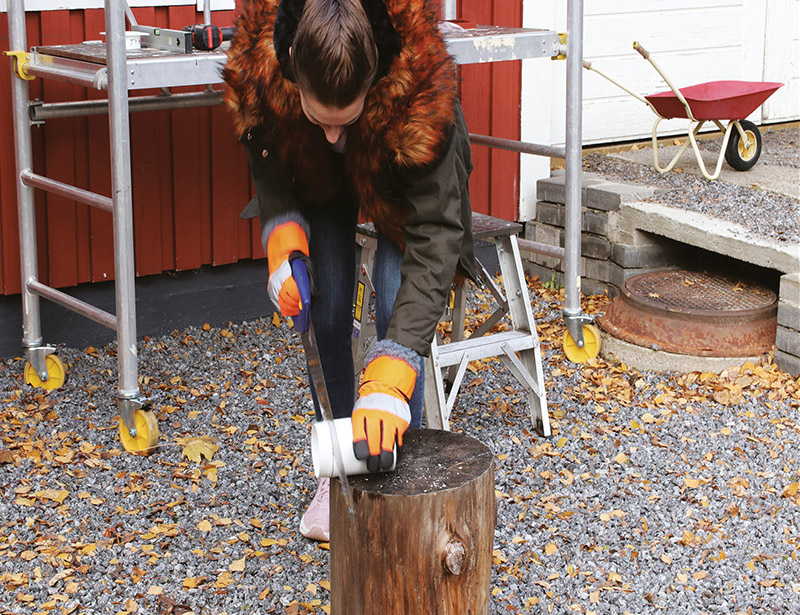
4
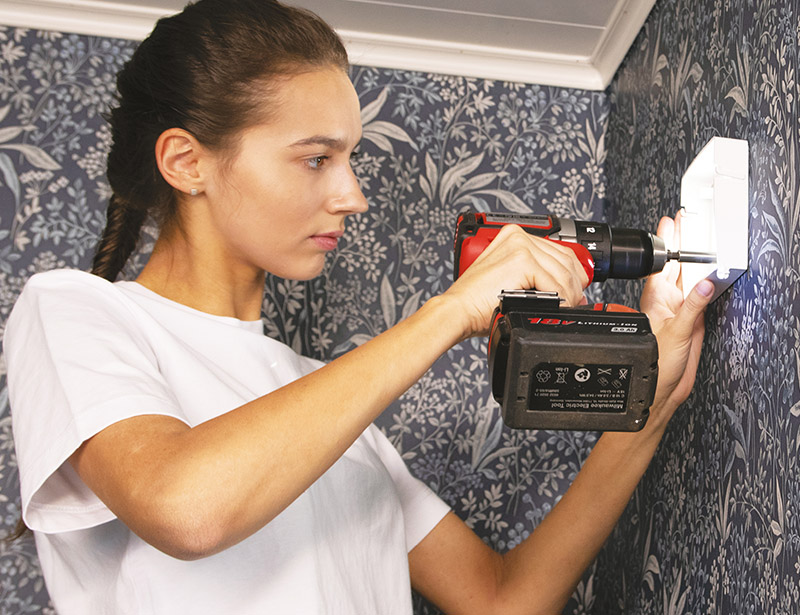
Install the vent case to the inner wall
Install the vent case to the inner wall with the screws in the package. The case is placed correctly, when its two small cover holders point downwards. Use a spirit level to get the case straight.
5
Assemble the filter and tie it to the vent
Assemble the filter. If you will use a silencer, place it to the round plastic part. The silencer is placed correctly when the lighter-coloured side faces inside.
Assemble the support structure of the intake vent by attaching the two metal parts to the small holes inside the round plastic part. The metal parts should cross each other. Pull the filter over the support structure and tie it with a rubber band. The correct place for the rubber band is the inset of the metal parts, not the plastic part.
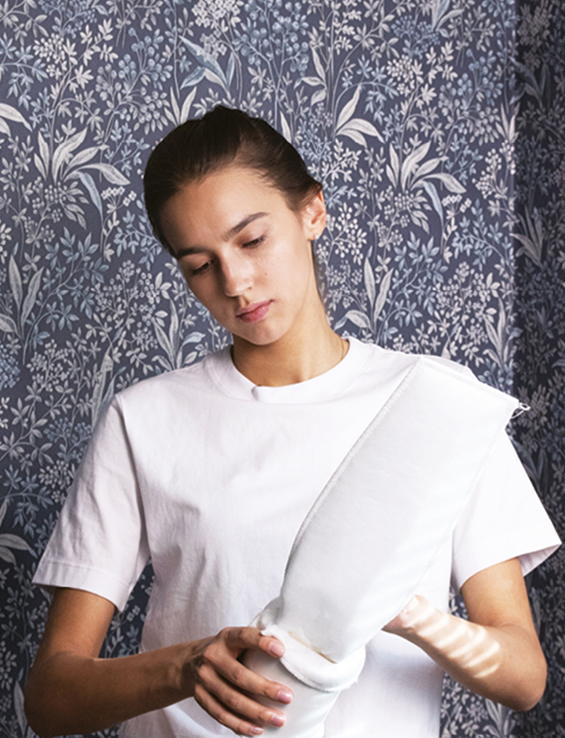
6
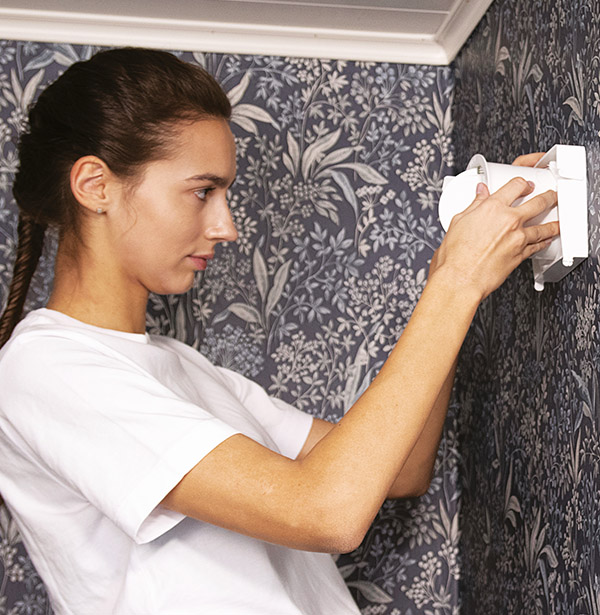
Insert the whole assembly to the wall
Insert the intake vent and the filter to the wall and attach it to the case.
Make sure you hear a clicking sound. This means that the intake vent is properly attached.
7
Attach the cover
Now you can attach the cover. Attach it using the cover holders on the case. Make sure you hear a clicking sound.
Adjust the cover according to your needs. A larger room will need more air. If the outdoor air is cold, you might want to keep the cover’s opening slightly narrower.
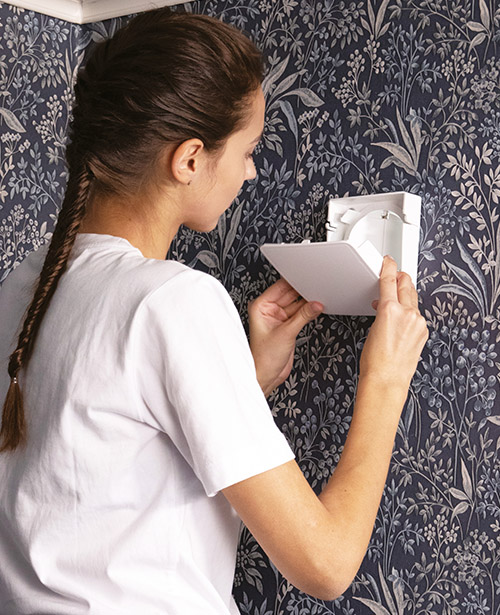
8
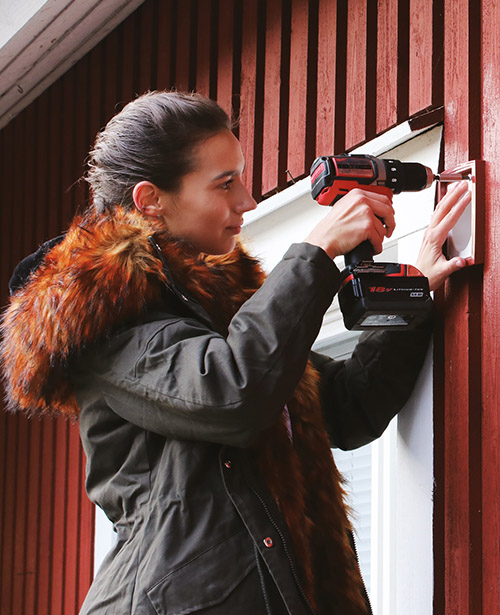
Attach the grill to the outdoor wall
The multfunction grill consists of two parts, the frame and the grill (the cover). Attach the frame to the wall with the screws in the package. Use a spirit level to get the frame straight.
Next, attach the grill to the frame. Start attaching from the upper corners and press the grill to its place.
Wallpapering the VILPE Wive
If the white intake vent does not fit the interior of the room, you might want to paint or wallpaper it. Check out our video on wallpapering VILPE Wive.
1
Cut a piece of wallpaper
Start by cutting a piece of wallpaper. The piece should be approximately 5 cm bigger than the cover on each side.
If the wallpaper has big and/or symmetrical patterns, you need to adjust the wallpaper piece so that it fits the wallpaper on the wall. If the wallpaper pattern is rather small, you do not need to adjust. In our film and photo guide, we did not adjust the wallpaper piece to the wall pattern.

2
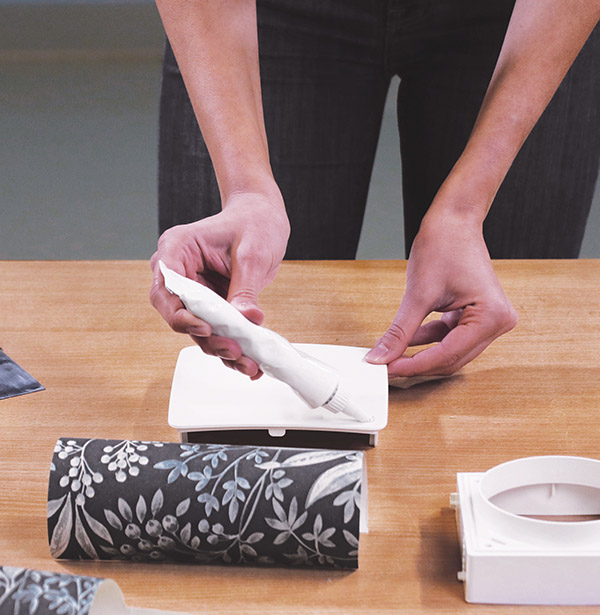
Spread glue on the cover
Wipe off possible dirt or dust from the cover. Place a small amount of glue on the cover and spread it evenly. A thin layer is enough, too much can soak the wallpaper. Make sure you you also place glue on the edges and corners.
The glue must be suitable for hard plastics and can be found from hardware stores. Common glues, such as, wallpaper glue or wood glue will not adhere to the plastic.
3
Place the wallpaper on the cover
Place the wallpaper piece over the cover and carefully press on it to attach it. Pay especial attention to the edges and corners.
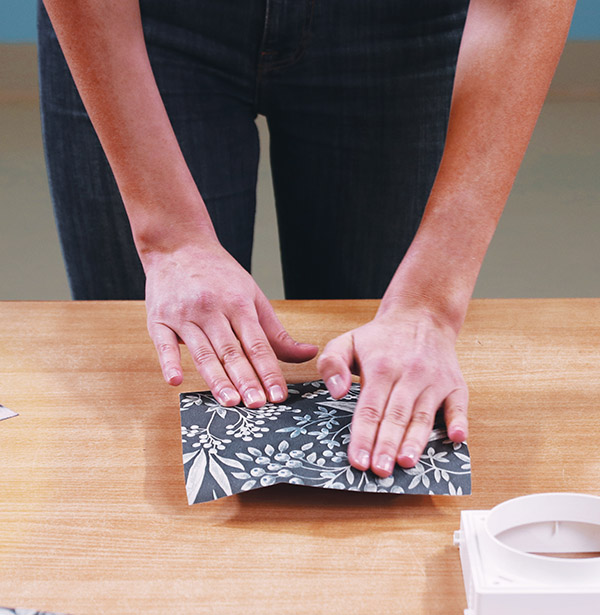
4
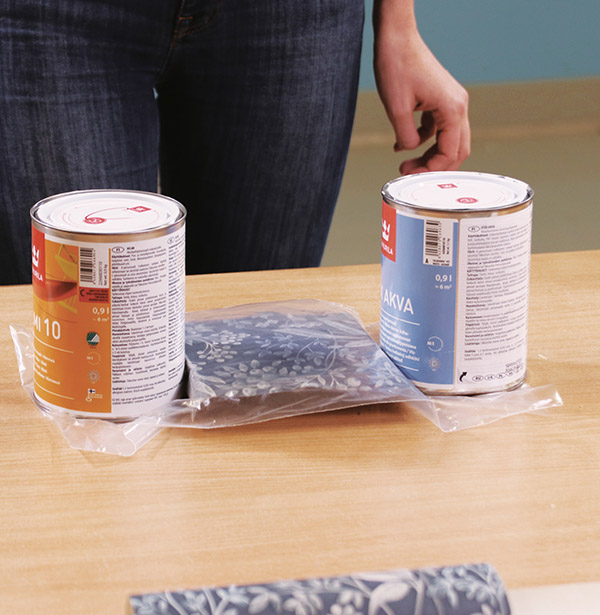
Let the cover dry
Place a weight over the wallpapered cover and let the glue dry. The weight should adjust to the shape of the cover, for instance a towel will work.
When the glue is dry, you might need to glue difficult parts, such as the corners, again.
5
Cut off the excess wallpaper
Cut of the excess wallpaper with a sharp blade so that the edges of the cover look good. Cut carefully so that the wallpaper does not tear.
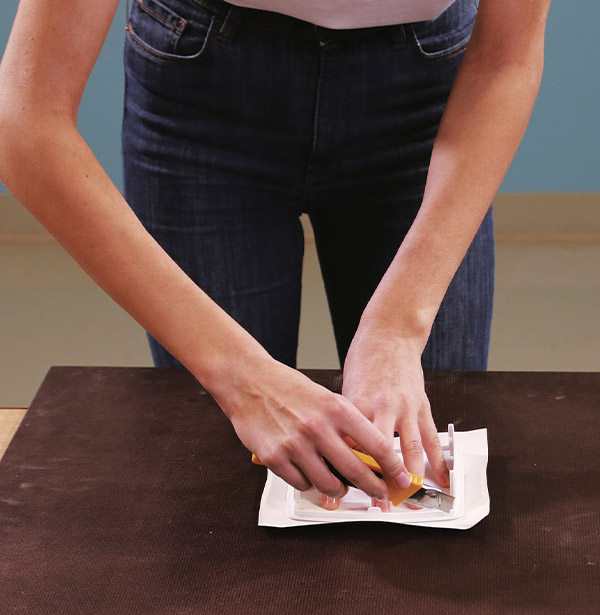
Painting the VILPE Wive
An intake vent affects the visual feeling of a room. If the white intake vent does not look good on a painted wall, you might want to paint it. Check out our easy painting instructions.
1
Paint the vent with a base colour
Start by wiping off any dirt or dust from the parts to be painted. We recommend that you paint the visible parts of the vent, i.e., the cover and cover housing. Do not paint the inside of the condensation cover.
Apply an undercoat base to the parts to be painted and allow them to dry. The undercoat base must be suitable for plastic materials. Tikkurila’s Otex Akva has been used as the undercoat base here.
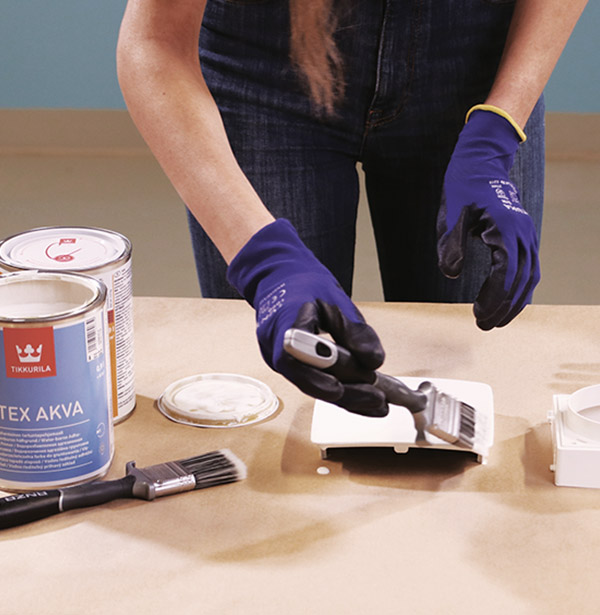
2
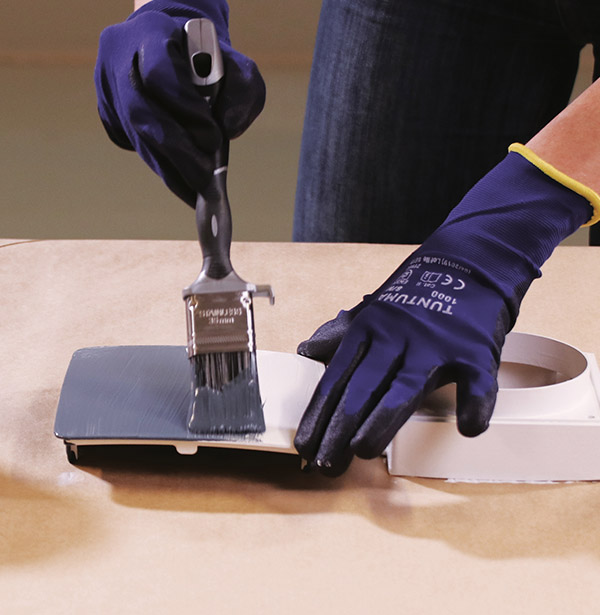
Apply the layer paint
Apply the layer paint to the parts to be painted. Any interior paint can be used as a topcoat. Tikkurila’s Helmi 10 has been used here.
Let the paint dry for a couple of hours.
Filter change
Changing the filter is easy and will be done within a minute. No tools are needed. A dirty filter will not longer bring fresh air into a room and therefore you will need to change it every six months. The filter is not washable.
1
Open the intake vent cover
You do not need to remove the cover completely. It is enough that you are able to remove the filter assembly.

2
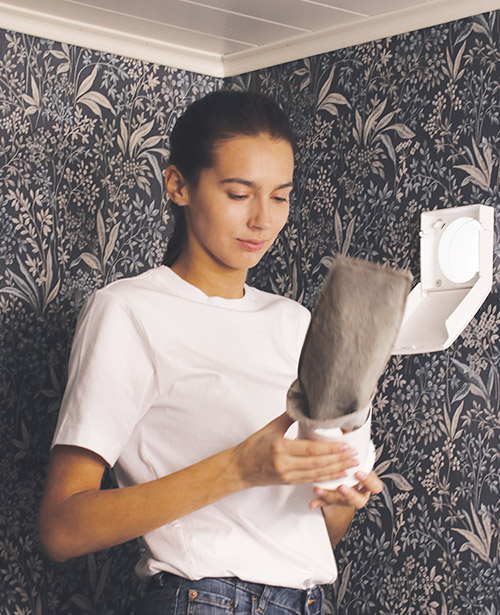
Take out the old filter
Click the intake vent open and carefully pull the old filter out.
Pull the filter fabric off of the supports. The old filter is energy waste and cannot be washed or re-used.
If the thermostat and silencer are dirty, wipe off the dirt using a damp cloth.
3
Attach the new filter
If the filter has a silencer, put it into the round plastic part. The silencer is placed correctly, when the lighter-coloured side faces the inner wall.
Carefully pull the new filter over the support structure and secure it with a rubber band. The correct place for the rubber band is the inset of the metal parts, not the plastic part.
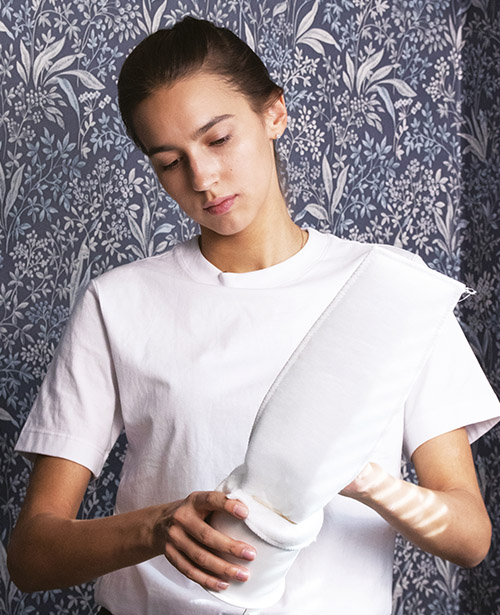
4

Insert the filter assembly
Insert the filter assembly back in to place. Make sure you hear a clicking sound. This is a sign that the intake vent is properly attached.
Put the cover back to its place.

